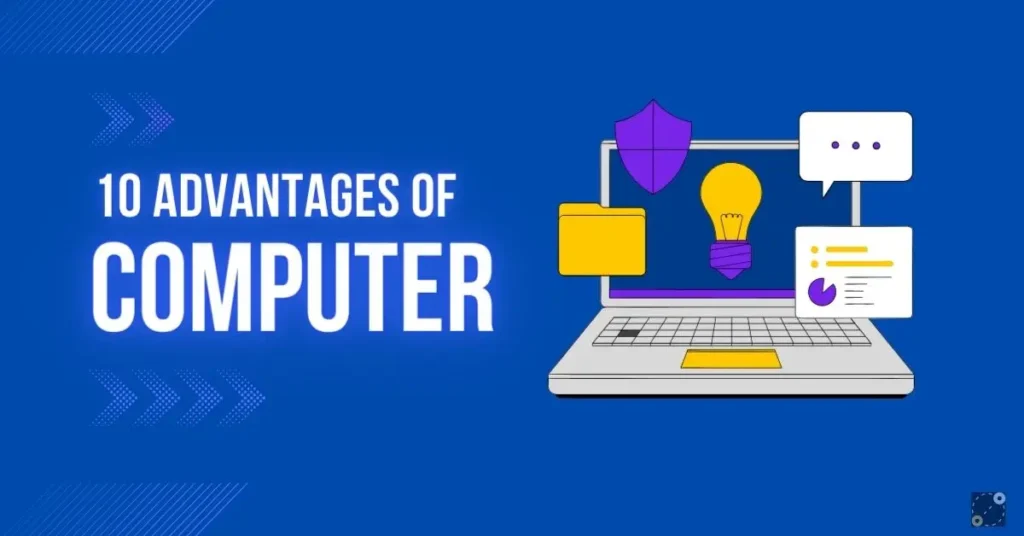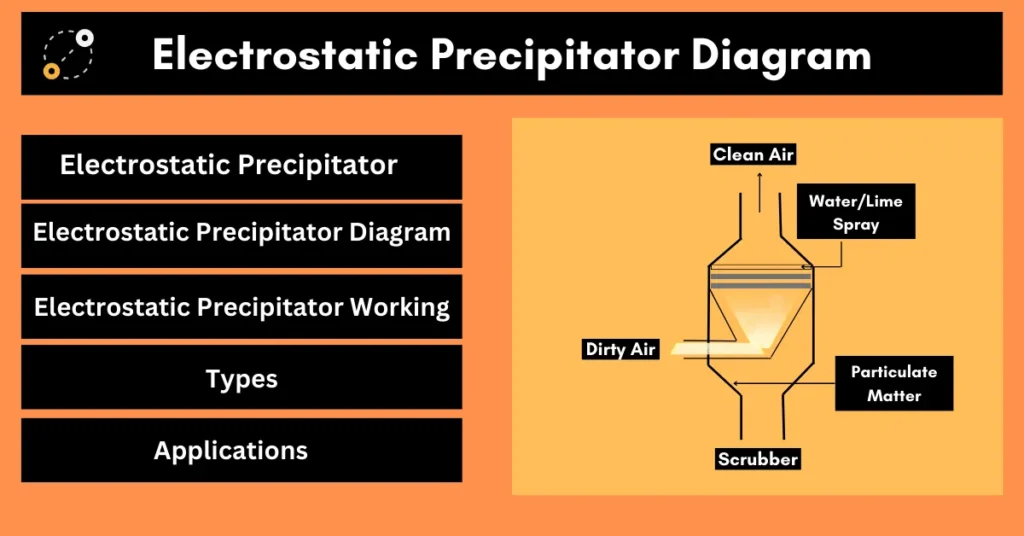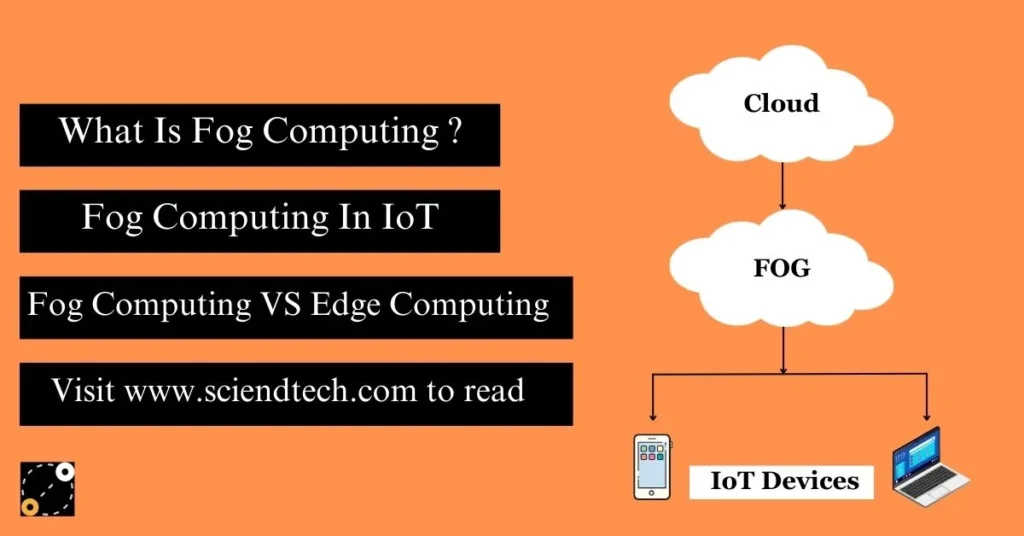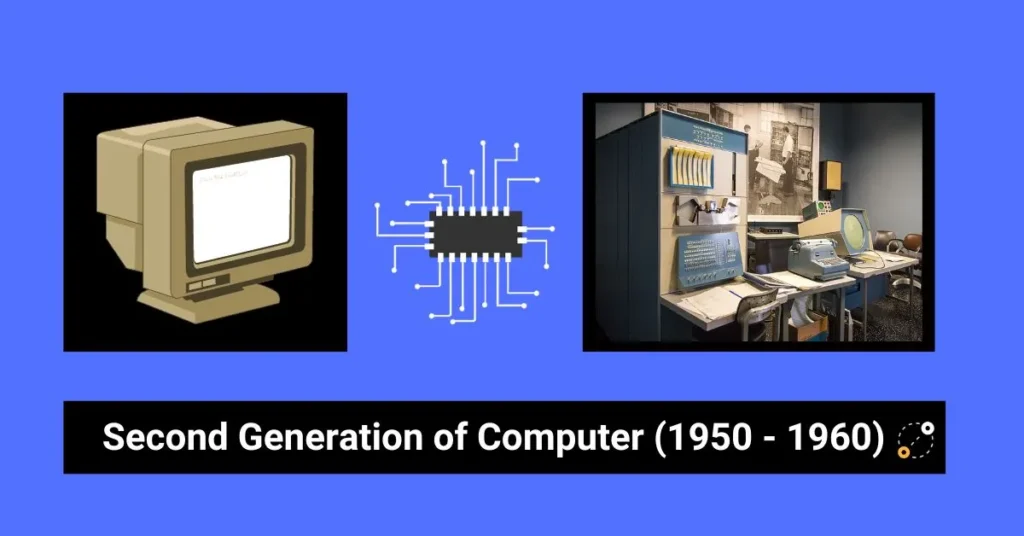The arrival of the third generation of computer was like stepping into a whole new world of computing. Back in the early days of computing, we had the first generation of computer which were huge and filled with vacuum tubes, then we saw the second generation of computer which were smaller, faster, and more reliable.
But with the third generation of computer we saw the birth of minicomputers, which were sleek, smaller, faster, and more efficient due to integrated circuits. The Third Generation of computer year started around the early 1960s and lasted until the mid-1970s.
To learn more, in this article we’ll see what is the third generation of computer, its advantages and disadvantages, features, characteristics, and third generation of computer examples. Let’s begin
What Is Third Generation Of Computer
The third generation of computer was introduced from the early 1960s to the mid-1970s. In the third generation of computer transistors were replaced by integrated circuits which made these computers dependable, produced less heat, smaller, faster, and cheaper.
Integrated circuits, also known as microchips, made electronic components smaller by combining multiple transistors, resistors, and capacitors onto a single semiconductor chip. These integrated circuits for the third generation of computer were invented by Jack Kilby and Robert Noyce in 1958.
The use of integrated circuits in the third generation of computer reduced the number of hardware failures, resulting in improved overall system reliability and efficiency.
The third generation of computer made high-level programming languages, such as COBOL, FORTRAN, and BASIC, more prevalent. These computers also allowed multiple users to interact with a single computer at the same time.
Also Read :
Third Generation Of Computer Examples
There are several notable third generation of computer examples which we can see. Some of the third generation of computer name are –
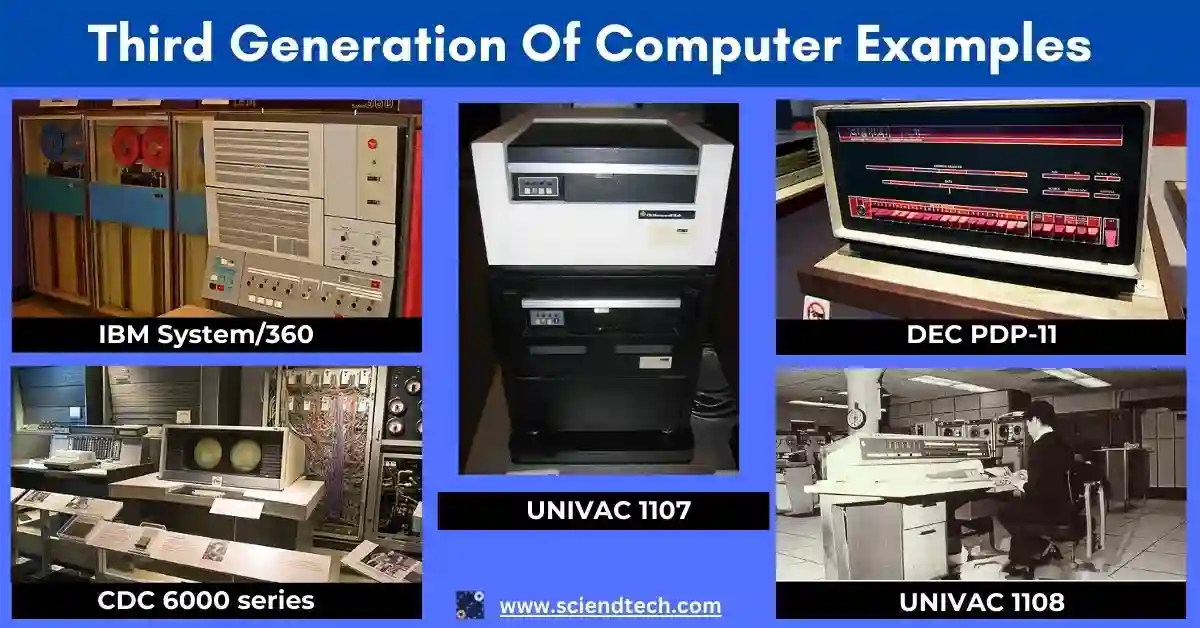
- IBM System/360 – Introduced by IBM in 1964, it is one of the third generation of computer examples. System/360 was a family of mainframe computers designed to cover a wide range of applications and performance levels.
- DEC PDP-11 – PDP-11 was a widely used minicomputer known for its versatility and affordability. It is also one of the great third generation of computer examples.
- Control Data Corporation (CDC) 6000 series – The CDC 6600, introduced in 1964, was one of the fastest third generation of computer examples of its time. It is a turning point in supercomputing history.
- Honeywell 6000 series – Honeywell 6000 series is a third generation of computer name introduced in the late 1960s. It aimed at business, scientific, and industrial applications.
- UNIVAC 1108 – the UNIVAC 1108 is one of the significant third generation of computer examples. It was a mainframe computer designed for scientific and engineering applications in 1966.
- CDC Cyber series – The CDC Cyber series, starting with the CDC Cyber 70 in the late 1960s, was a family of mainframe computers known for their high performance and reliability. These third generation of computer examples were widely used in scientific research, weather forecasting, and other demanding applications.
Third Generation Of Computer History
The Third Generation of computer history is a crucial period in the evolution of computing technology. It began in the early 1960s with the development and widespread adoption of integrated circuits (ICs).
The concept of integrated circuits emerged in the late 1950s as a solution to the limitations of individual transistors and vacuum tubes. Jack Kilby of Texas developed the first working integrated circuit in 1958.
In the early 1960s, integrated circuits began to be commercialized and mass-produced. The technology rapidly evolved, leading to the development of more advanced chips with higher transistor densities and improved performance.
The availability of integrated circuits in the third generation of computer enabled the development of smaller, more affordable computers known as minicomputers. These minicomputers provided a large amount of processing capability in a compact size and were widely used in industrial, scientific, and educational applications.
However in the third generation of computer history, by the mid-1970s, the third generation began to be succeeded by the fourth generation of computer, characterized by advancements of microprocessors, personal computers, and networking technologies.
Third Generation Of Computer Advantages And Disadvantages
The third generation of computer brought about significant advantages, as well as some challenges with them. Let’s discuss those third generation of computer advantages and disadvantages one by one –
Advantages Of Third Generation Of Computer
- Integrated circuits allowed faster processing.
- Smaller in size and easy to handle.
- The third generation of computer had increased processing capabilities which could calculate in nanoseconds.
- The computers in the third generation of computer were easy to carry and transfer unlike the first and second generation of computers.
- Increased reliability of the third generation of computer reduced its downtime and maintenance cost.
- The high-level programming languages like COBOL and FORTRAN simplified software development in the computers of the third generation.
- Third generation of computer used time-sharing systems which allowed multiple users to share a computer at the same time which improved resource utilization.
- Programming mistakes were less common in the third generation of computer.
- Minicomputers offered powerful computing in a compact form.
- Higher memory capacity made handling larger datasets much easier in the third generation of computer.
- Improved accuracy.
- Greater energy efficiency and reduced power consumption.
- Real-time processing capabilities in the third generation of computer supported critical applications.
- Reduced heat generation improved functioning conditions in the computers.
- Third generation of computer used both assembly-level and machine languages.
Disadvantages Of Third Generation Of Computer
Along with the benefits and advantages there are also some disadvantages of the third generation of computer. Such as –
- The third generation of computer relied on electricity to function.
- Integrated circuits introduced new design complexities and manufacturing challenges.
- The complex nature of these circuits increased the difficulty and cost of designing and producing computers.
- It was difficult to repair the integrated circuits.
- The third Generation of computer still required air conditioning for cooling.
So now that we have learned about the third generation of computer advantages and disadvantages, let’s move on to its features.
Features Of Third Generation Of Computer
Here are some key features of third generation of computer which brought significant advancements over other first and second generation of computer –
Integrated Circuits
One of the main features of the third generation of computer is Integrated circuit. ICs were small semiconductor chips that contained multiple transistors, resistors, and capacitors on a single silicon wafer. This reduced the size and cost of computers while increasing their reliability and performance.
Random Access Memory (RAM)
RAM was used in the third generation of computer. They were used for storing data and instructions that the CPU needs to access quickly during program execution. It provided fast, volatile storage for data and program instructions during execution.
Read-Only Memory (ROM)
Read only memory stored firmware or permanent instructions required for booting up the computer and basic input/output operations.
Magnetic Tapes
Magnetic tapes are important features of the third generation of computer. They were an essential storage medium, providing large-scale data storage and backup. They offered relatively high storage capacities compared to other storage media available at the time, making them suitable for storing large volumes of data.
Disk Drives
Disk drives began to gain prominence during the third generation of computer. They provided direct access storage, allowing for random access to data stored on rotating magnetic disks and served as primary storage devices in third generation of computer, providing fast access to frequently used data and program files.
High-level Programming Languages
High-level programming languages are also one of the important features of the third generation of computer. Higher-level programming languages such as COBOL, FORTRAN, and ALGOL were more human-readable and easier to use compared to the low-level machine language and assembly language.
Operating Systems
The concept of operating systems became more prevalent during the third generation of computer. Operating systems like UNIX and DOS (Disk Operating System) were developed during this time to manage computer resources and provide a user-friendly interface.
Time-sharing
Time-sharing systems, which allowed multiple users to interact with a single computer at the same time, became common during the third generation of computer. This allowed for better resource utilization and improved productivity in multi-user environments.
Batch Processing
While batch processing was also present in earlier generations as well, it became more refined and efficient in the third generation of computer. Batch processing involves collecting and processing large volumes of data in batches without direct user interaction.
Improved Input/output Devices
Other features of the third generation of computer include advancements in input/output devices such as keyboards, monitors, and printers. This allowed for more interactive and user-friendly computing experiences compared to previous generations.
Characteristics Of Third Generation Of Computer
There were various characteristics of third generation of computer such as –
Miniaturization
Due to integrated circuits, the third generation of computer became much smaller and more compact compared to previous generations. This allowed for the development of smaller, more powerful, and more affordable computer systems.
Increased Processing Power
Third generation of computer was significantly faster and more powerful than their predecessors due to advancements in transistor technology and circuit design.
Mass Storage
Third generation of computer used magnetic storage technologies such as magnetic tapes and disk drives for storing data. These storage devices offered larger storage capacities and faster access times, enabling more efficient data management.
Commercialization and Business Applications
The third generation of computer saw widespread commercialization and adoption in various industries, including banking, insurance, manufacturing, and government. They were used for tasks such as payroll processing, inventory management, financial modeling, and decision support.
Conclusion
The third generation of computer, characterized by the widespread adoption of integrated circuits, marked a significant leap in computing power, reliability, and versatility. There are many third generation of computer examples used in many fields like business, finance, engineering, etc. These smaller and faster computers enabled the development of high-level programming languages and sophisticated operating systems, fostering the growth of commercial computing.
FAQs
What is the 3rd generation of computer?
It refers to the period from approximately 1964 to 1971 which was characterized by the use of integrated circuits in place of individual transistors.
Which of the following IC was used in third generation of computer?
a. SSI
b. LSI
c. MSI
LSI and MSI IC were primarily used in the third generation of computers.
What is 3rd generation used computer?
Integrated circuits were used in place of transistors in the third generation.


